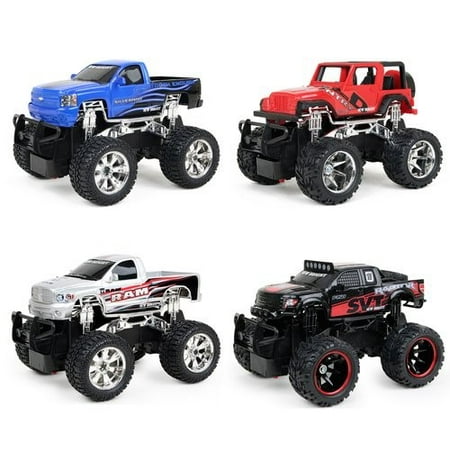Matchbox Adventure 20 Car Pack
Roll out an instant collection with this 20-pack of Matchbox cars and trucks. The perfect gift for kids or collectors, it features a great variety of colors, silhouettes and licenses of 1:64 scale Matchbox cars with highly realistic details, authentic decos and real rolling wheels. Additionally there is a small Matchbox poster included! Whether they’re cruising through the city, racing to the rescue or driving full-throttle toward an adventure, these cars will deliver hours of imaginative play. Includes a variety of 20 Matchbox metal vehicles. Not for use with some Matchbox sets.Colors and decorations may vary.




Matchbox Adventure 20 Car Pack:Age Range: 3 Years and UpStart an instant collection of original and licensed Matchbox die-cast vehicles!Fantastic variety pack of 20 Matchbox metal vehicles!Each vehicle is in 1:64 scale with realistic details and authentic decosMakes a great gift for kids and collectors!Added bonus– small Matchbox poster!





Reviews
There are no reviews yet.